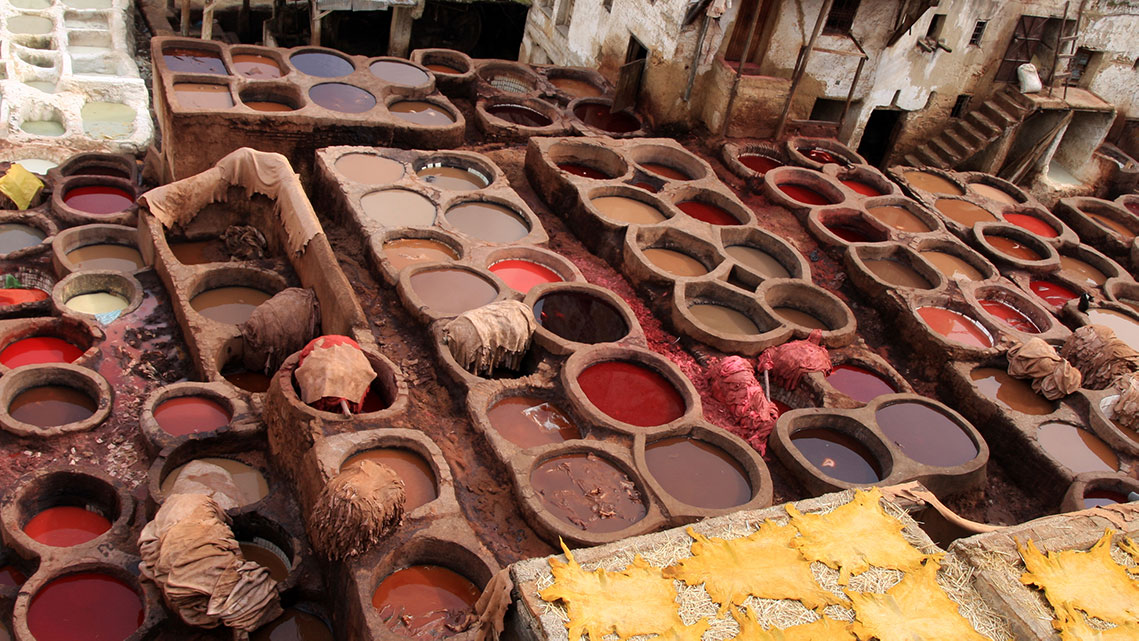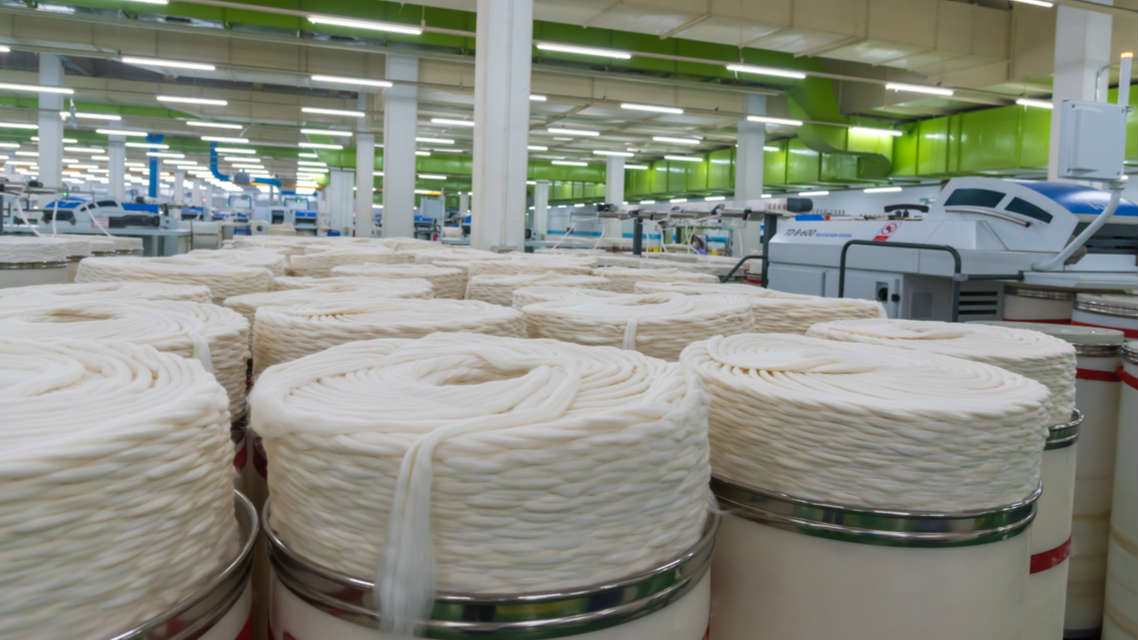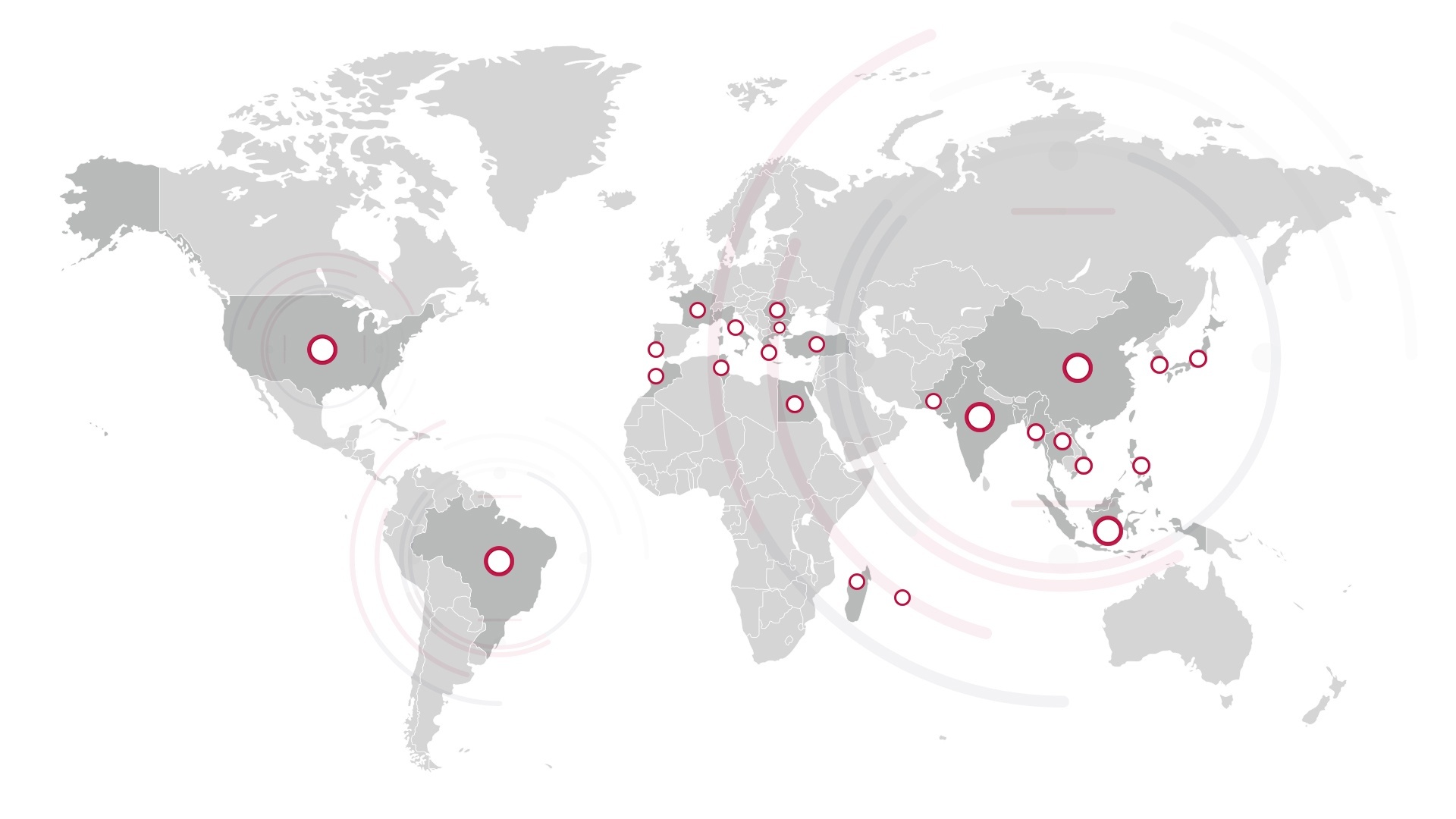La chaîne d'approvisionnement en matériaux en cuir est complexe et pose de nombreux défis aux importateurs de produits en cuir, car elle est traditionnellement horizontale et comporte de nombreuses étapes de transformation et d'intermédiaires où des problèmes peuvent survenir. Tout, du changement climatique aux conditions de travail dangereuses pour le personnel, peut affecter la chaîne d'approvisionnement et causer des problèmes aux importateurs.
Quel est le degré de durabilité de votre chaîne d'approvisionnement en matières premières pour le cuir ?











